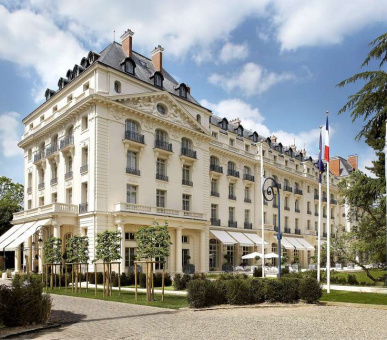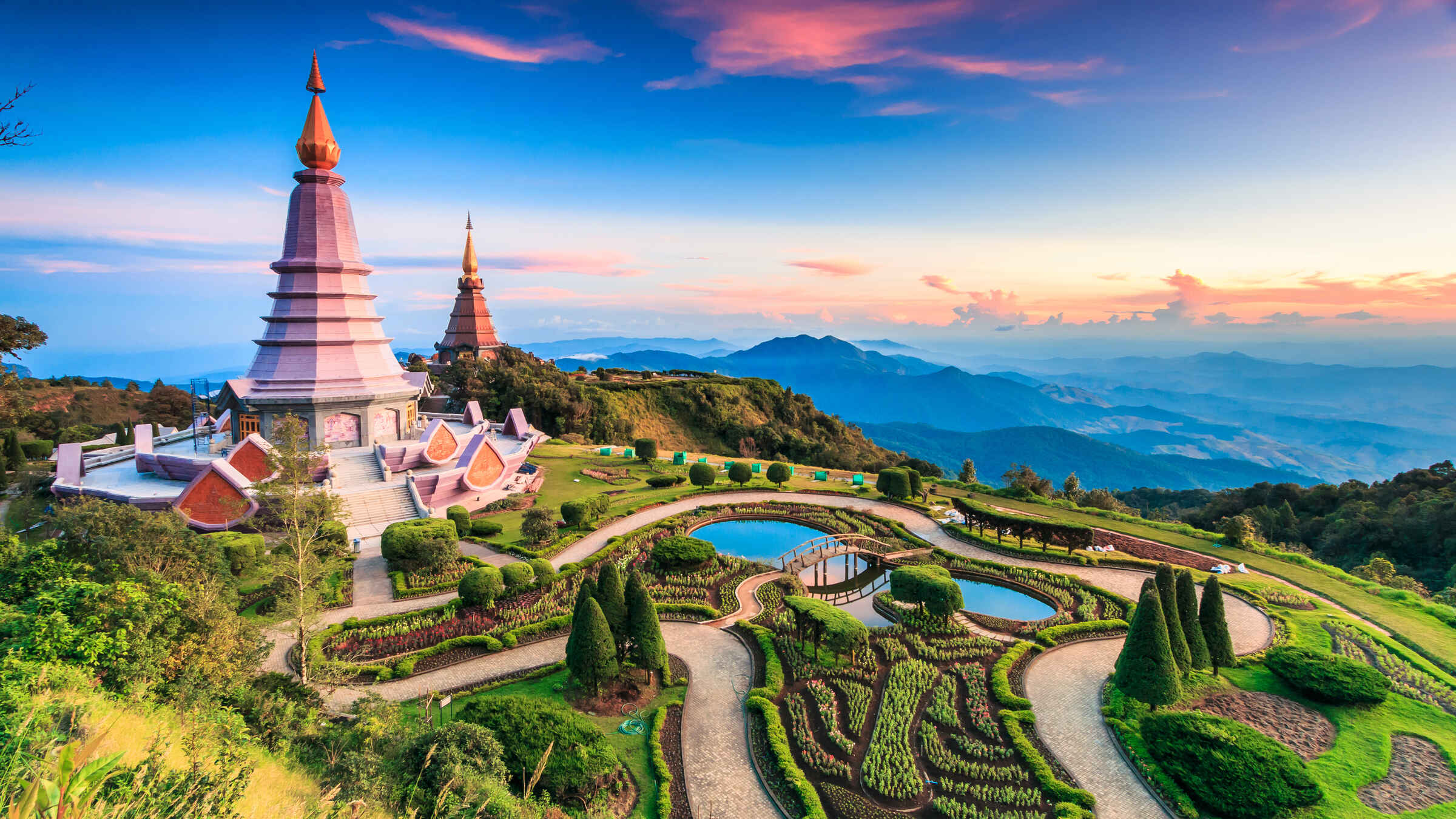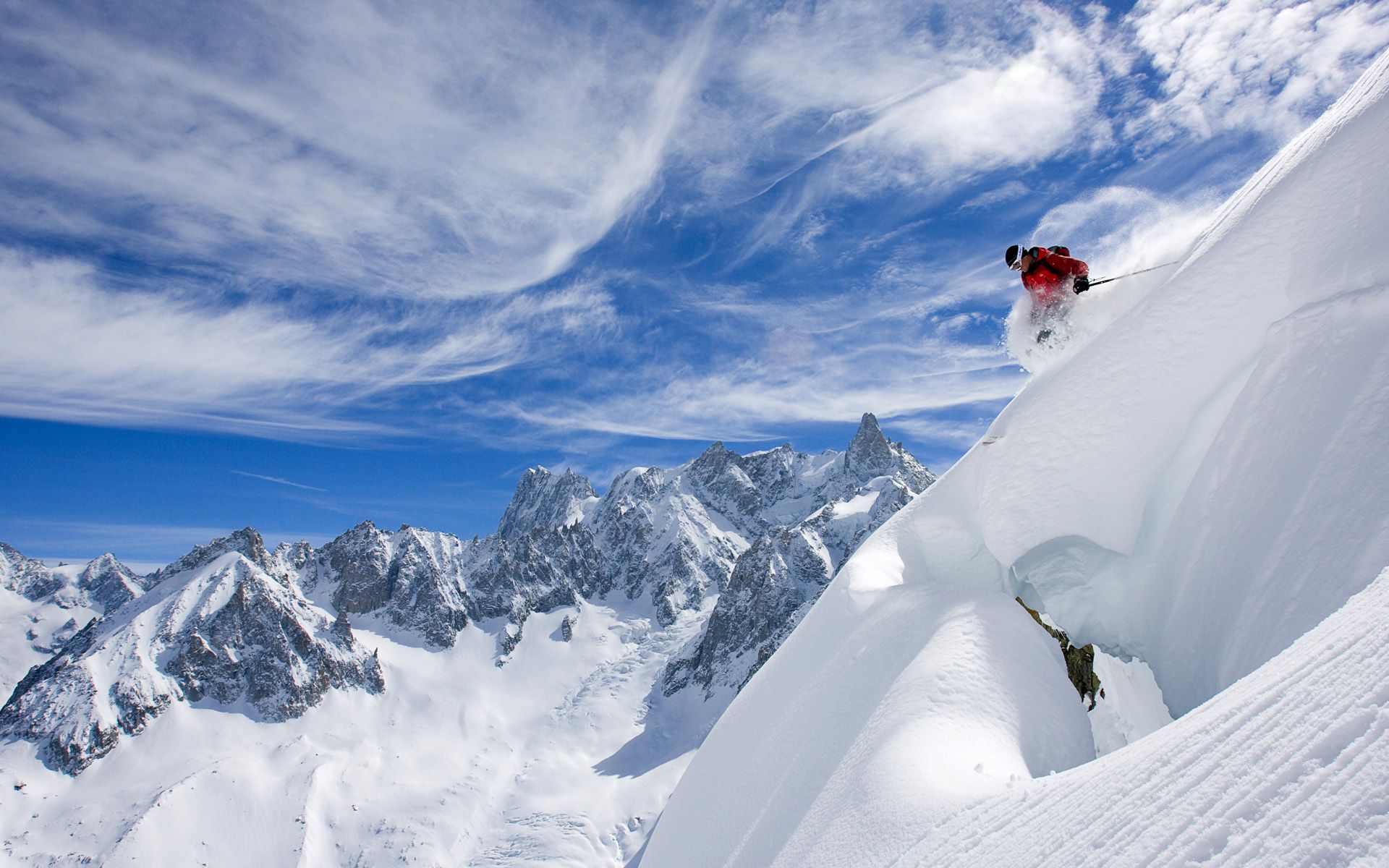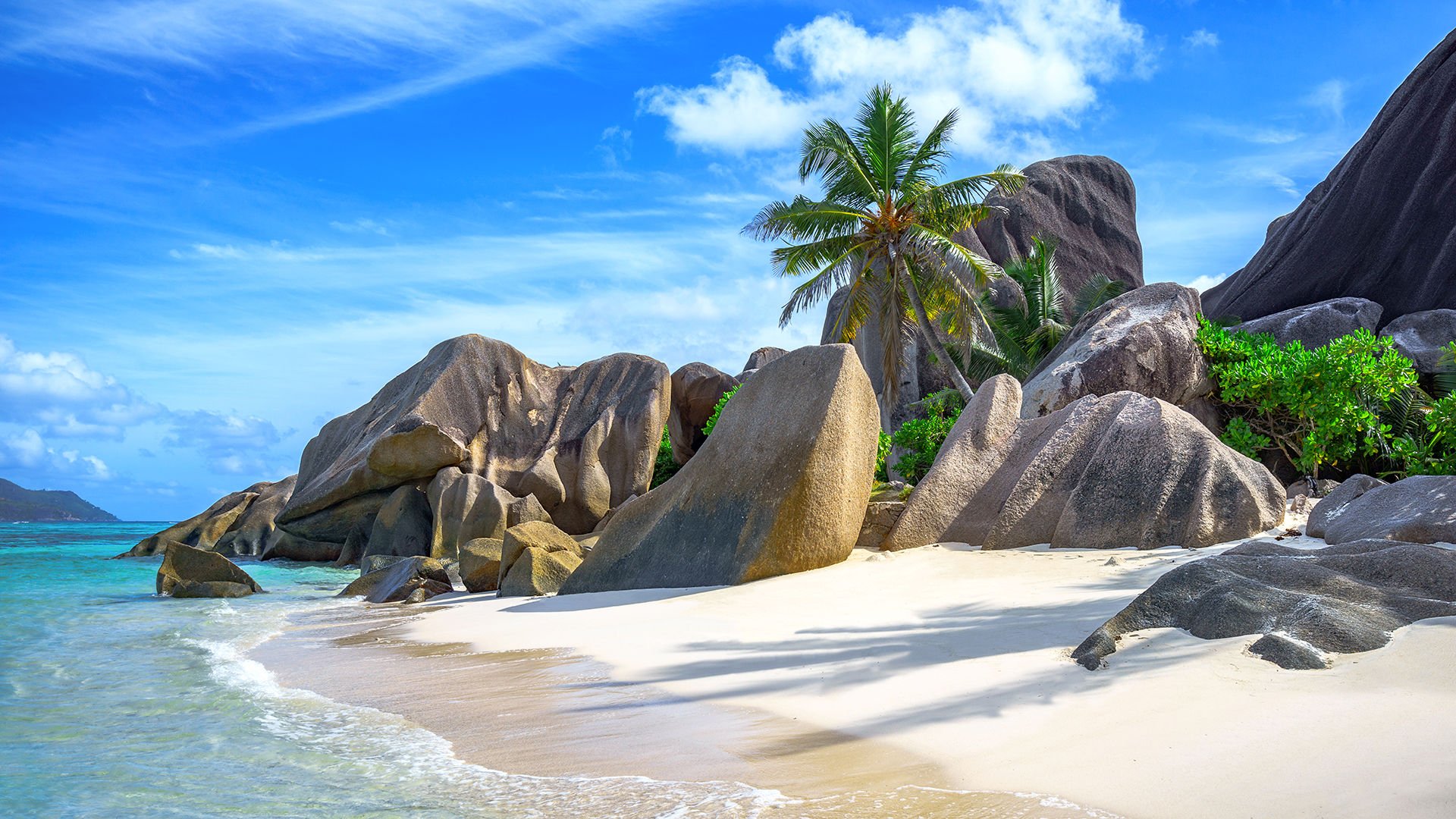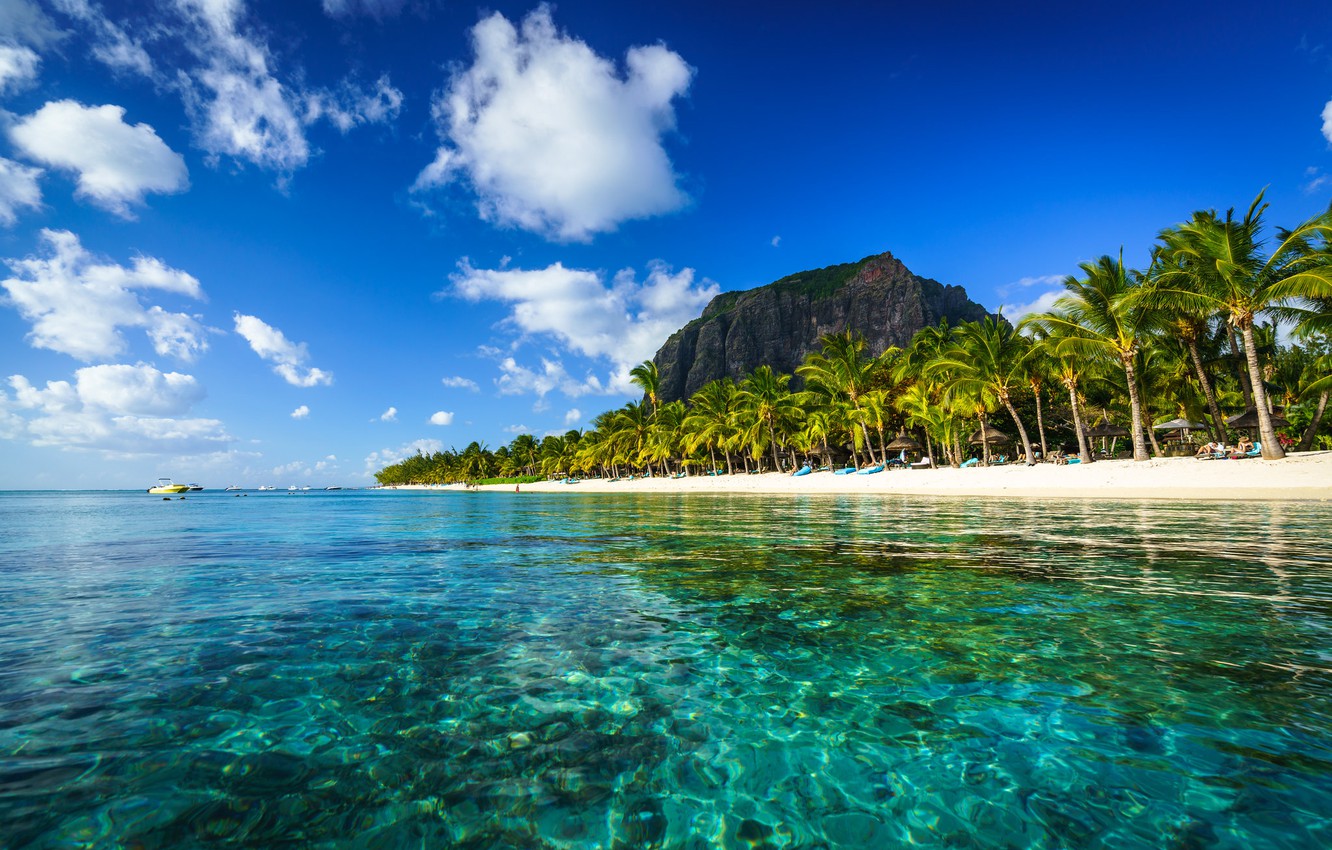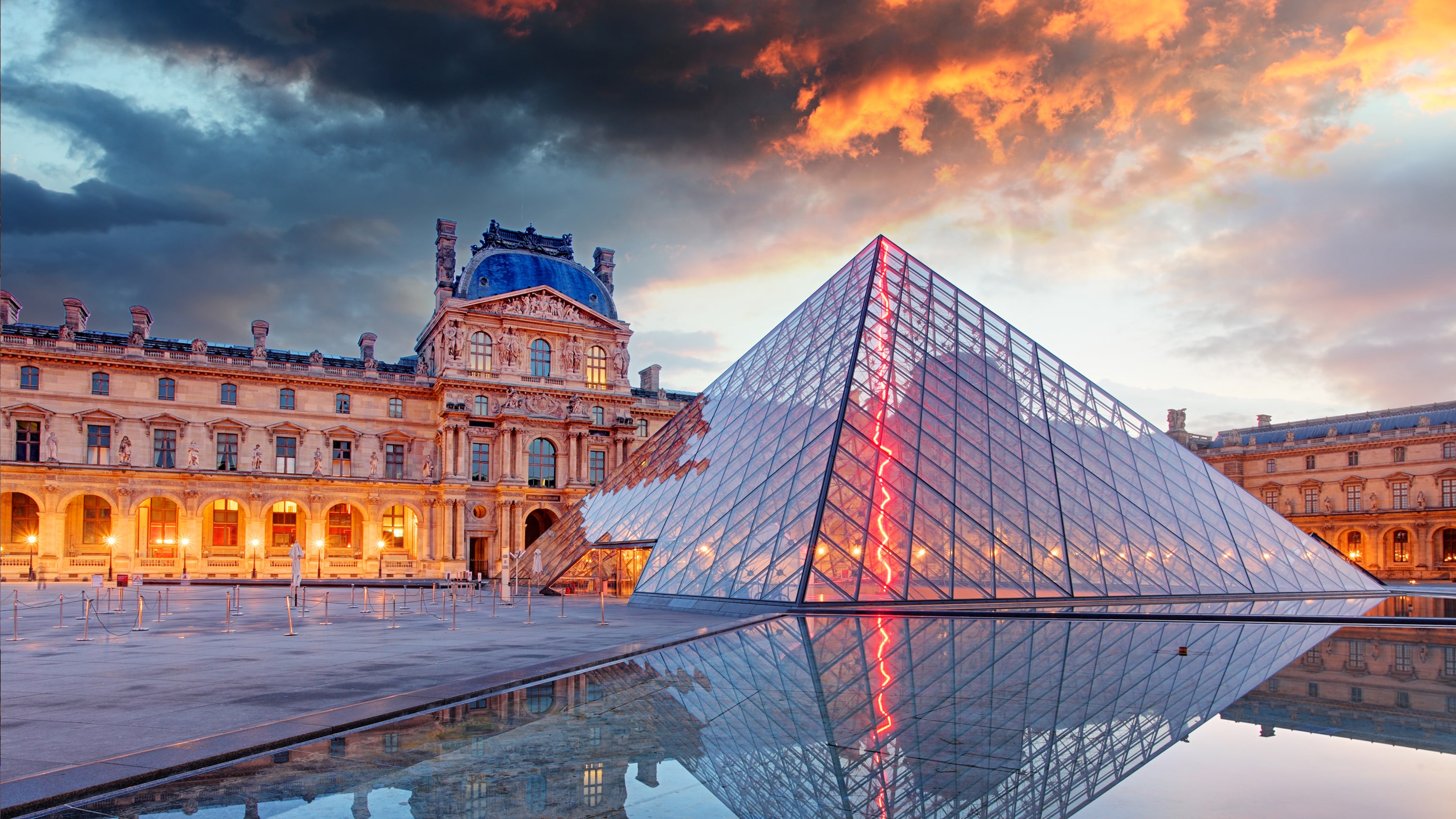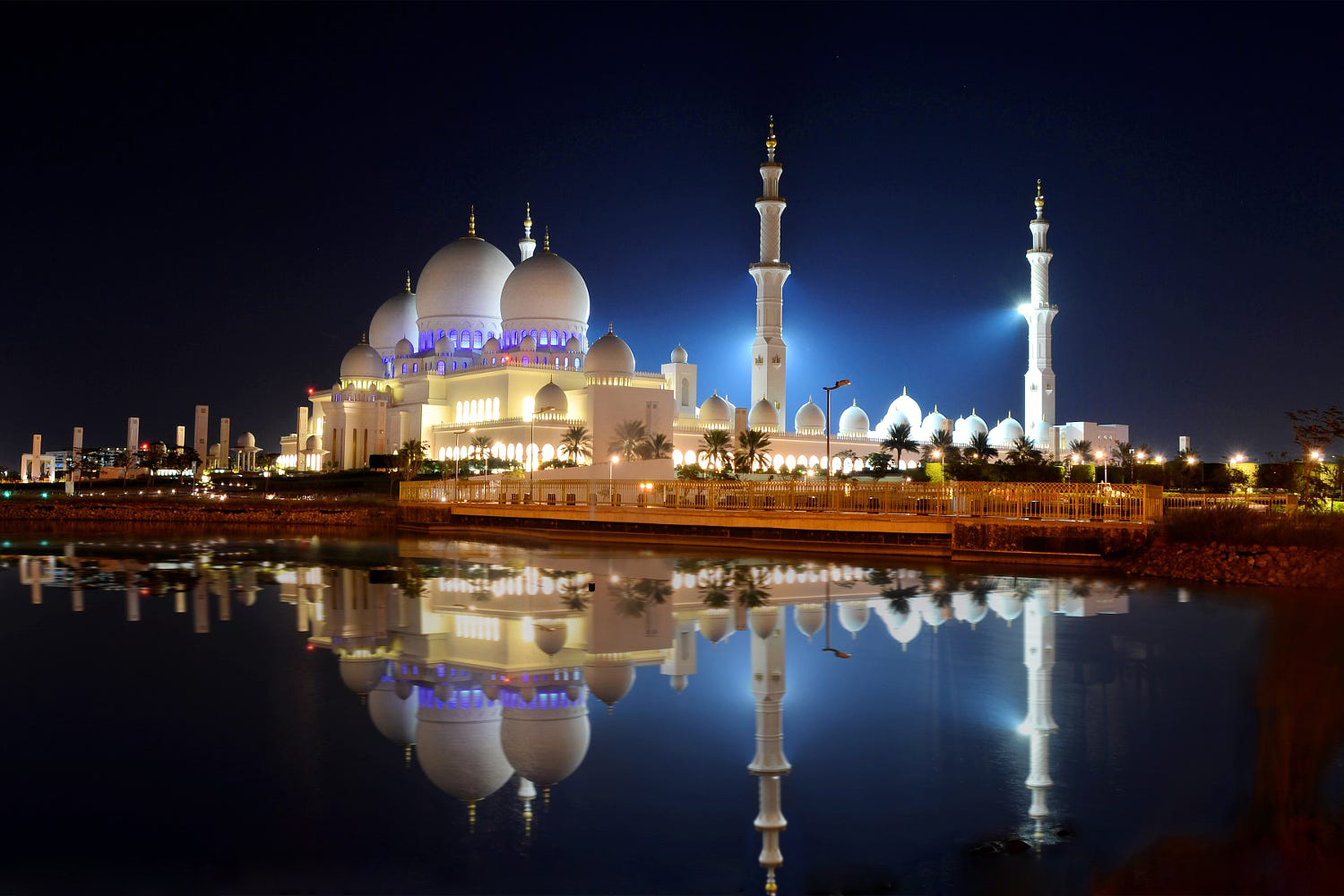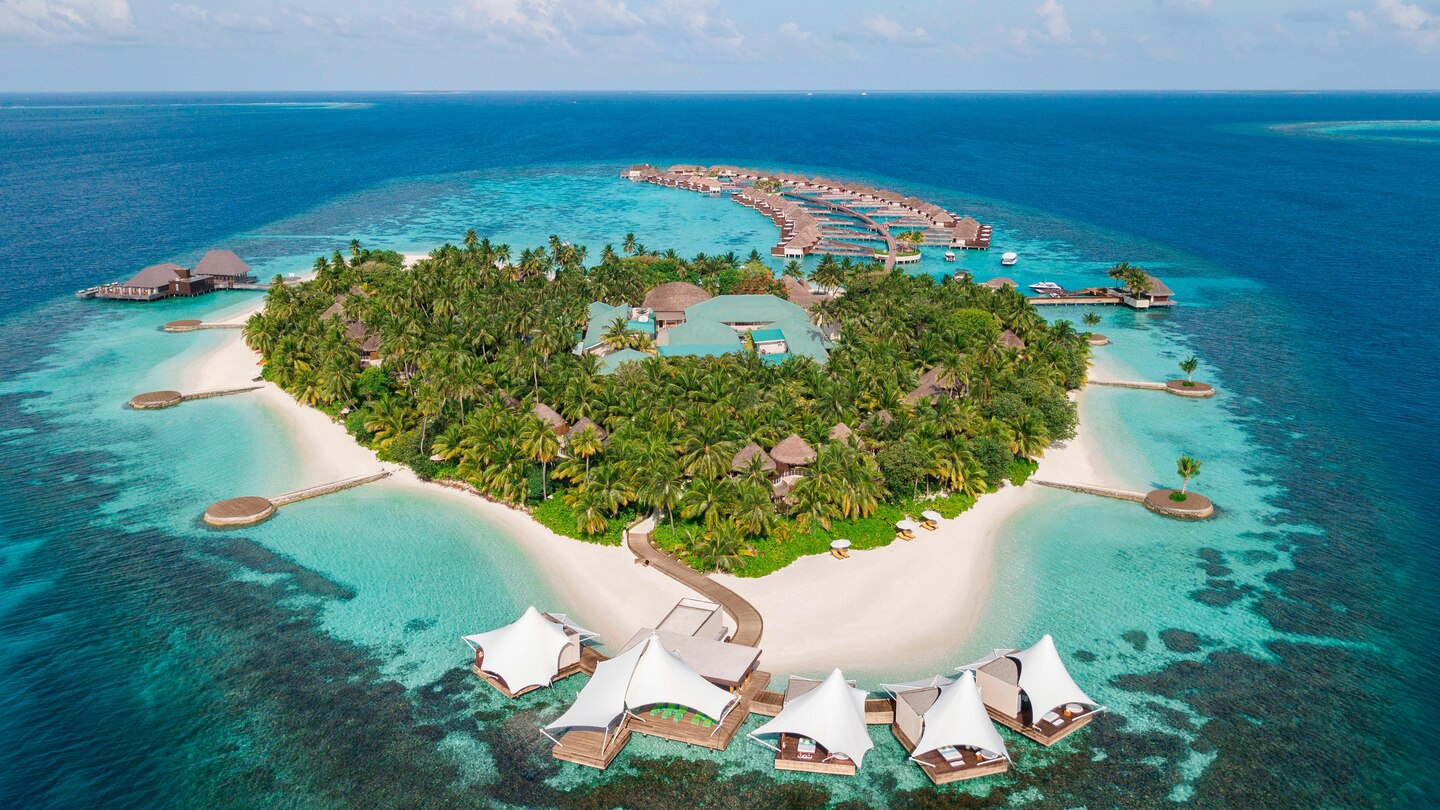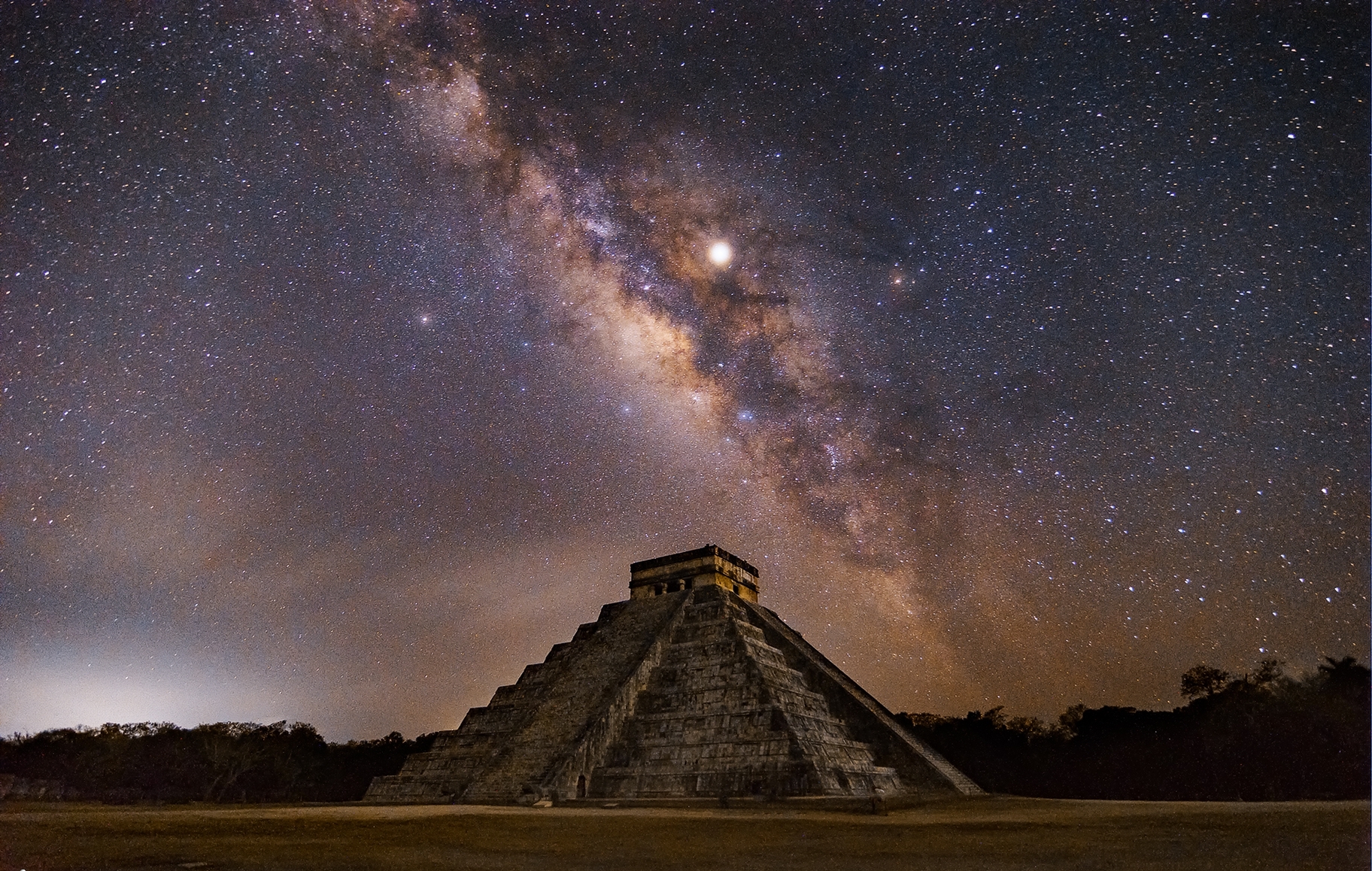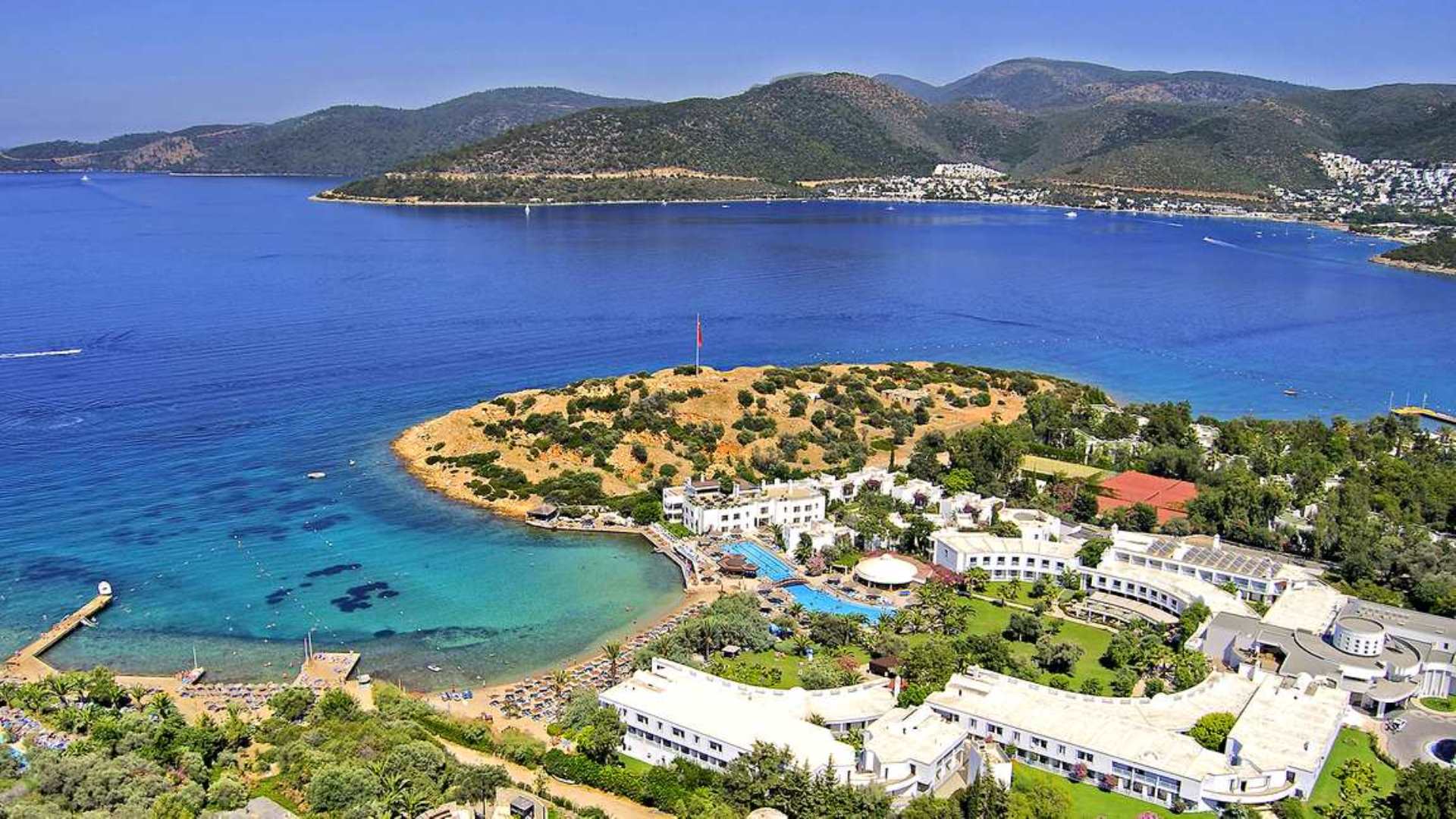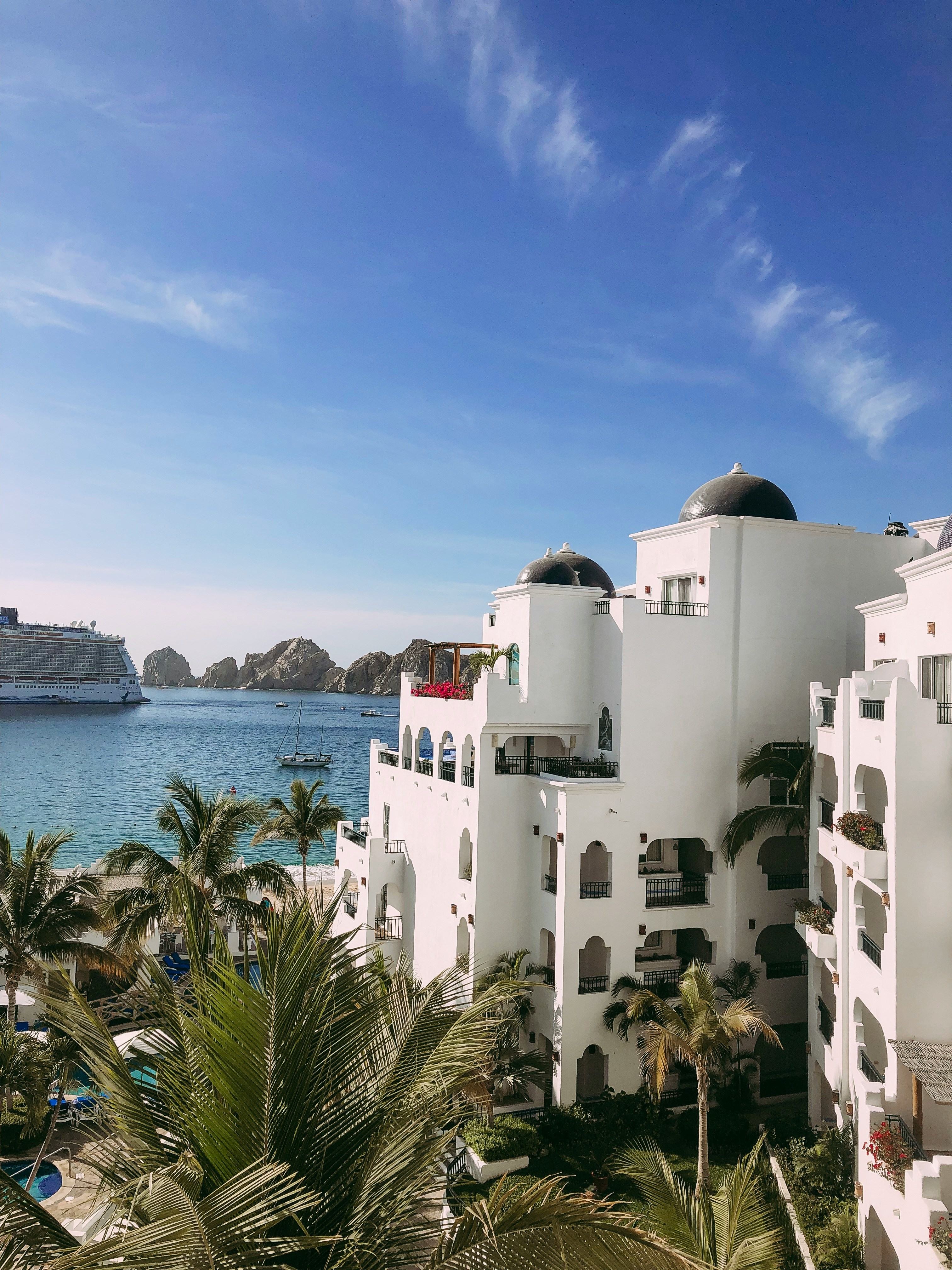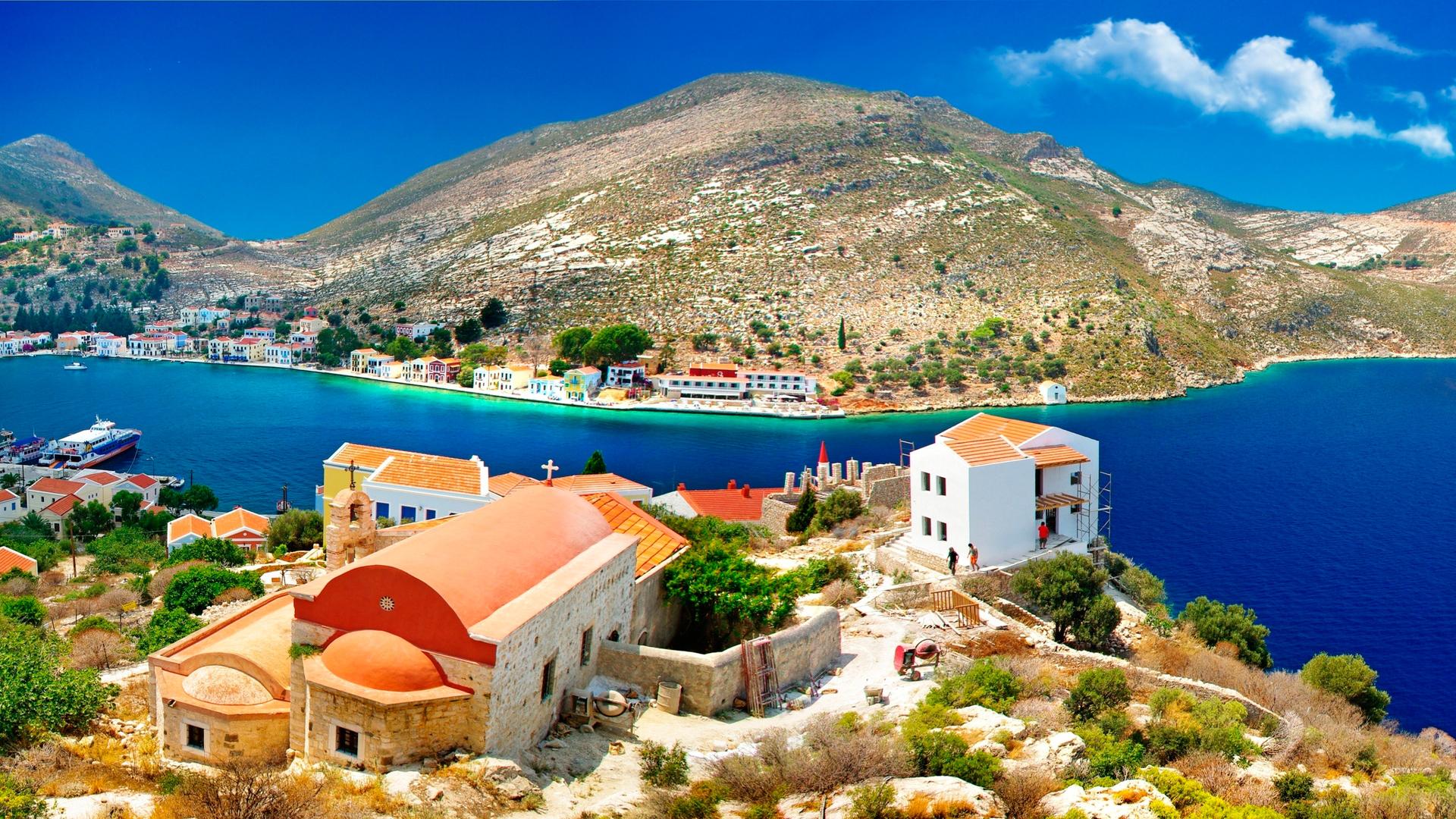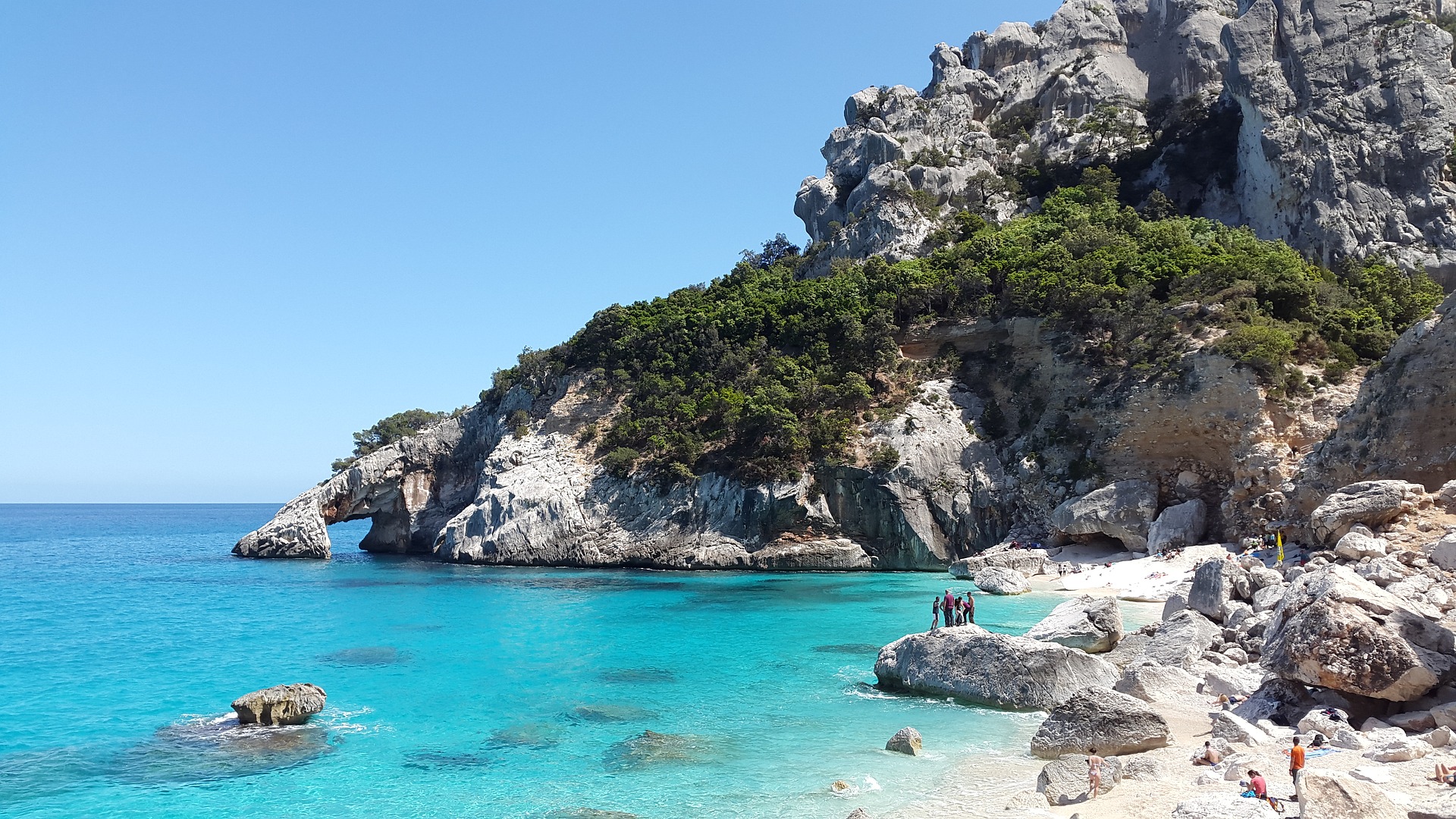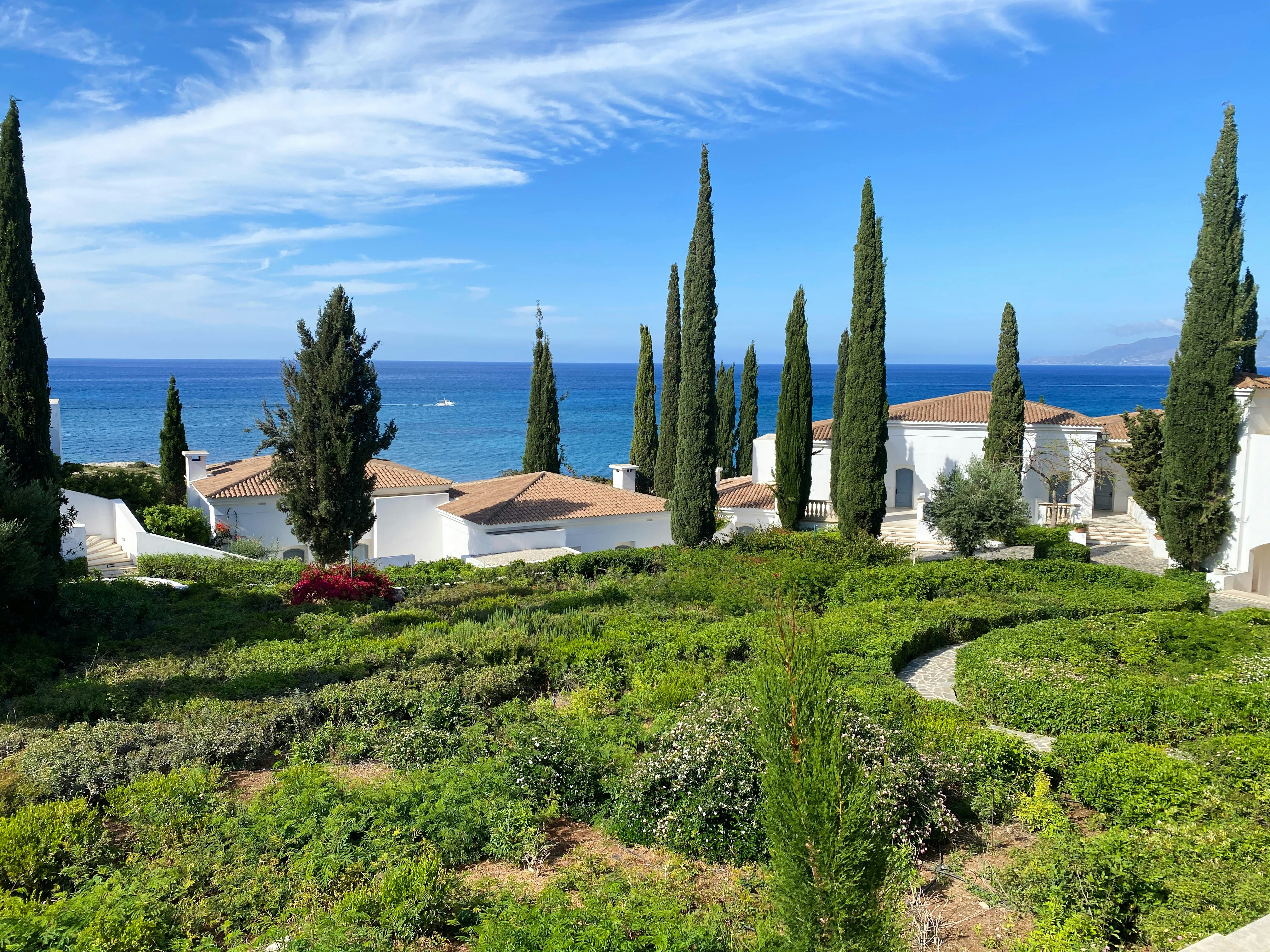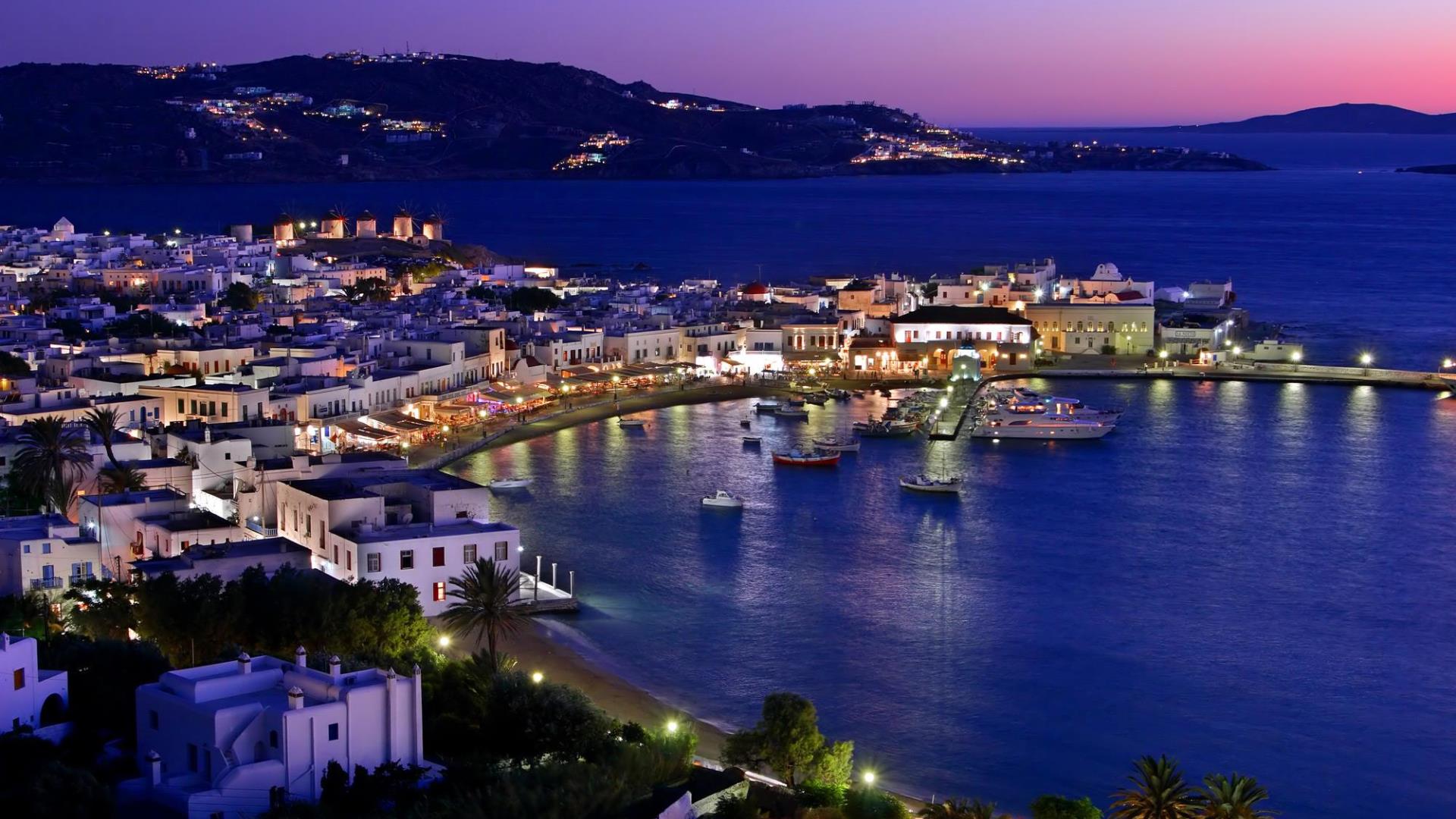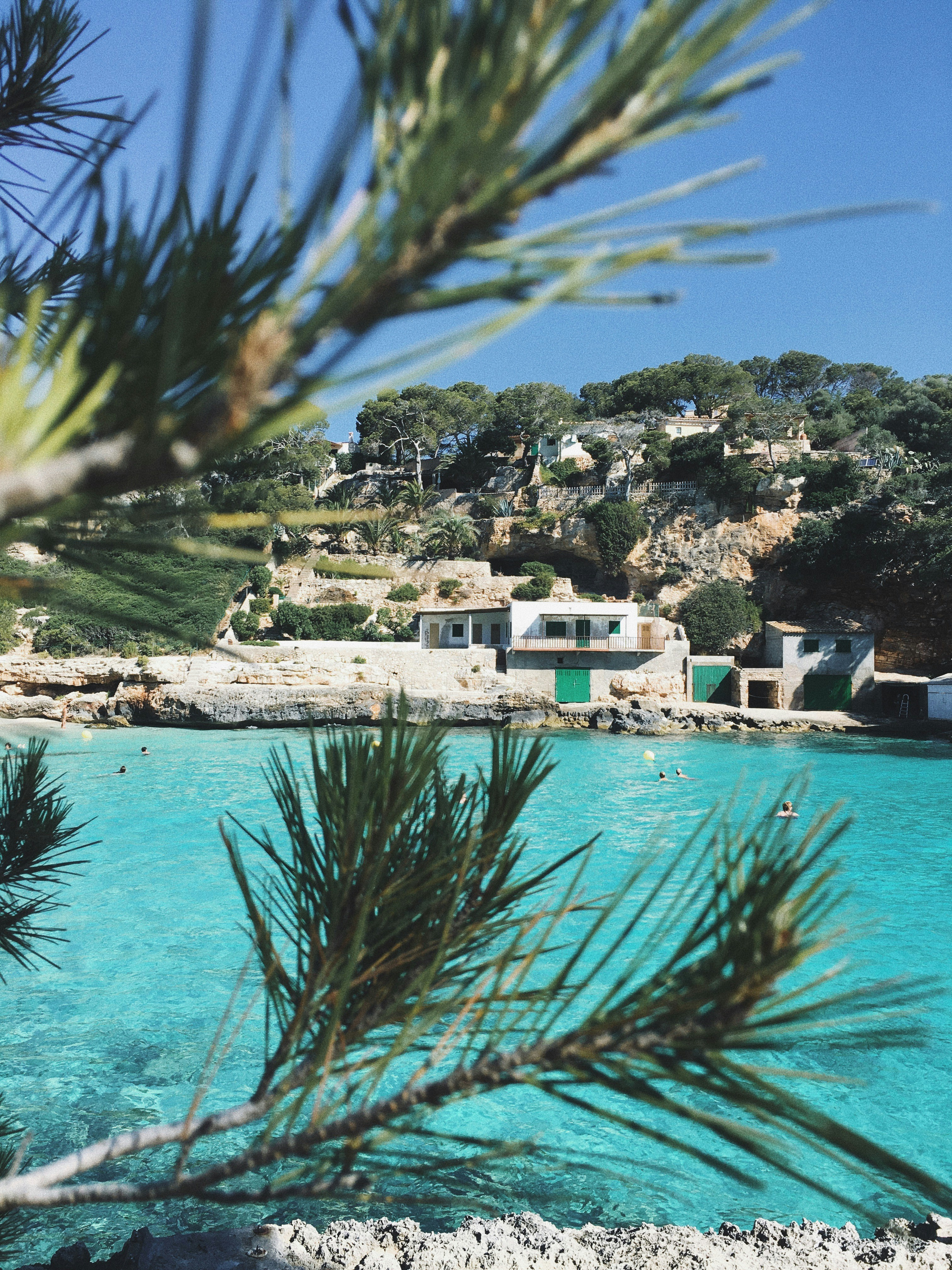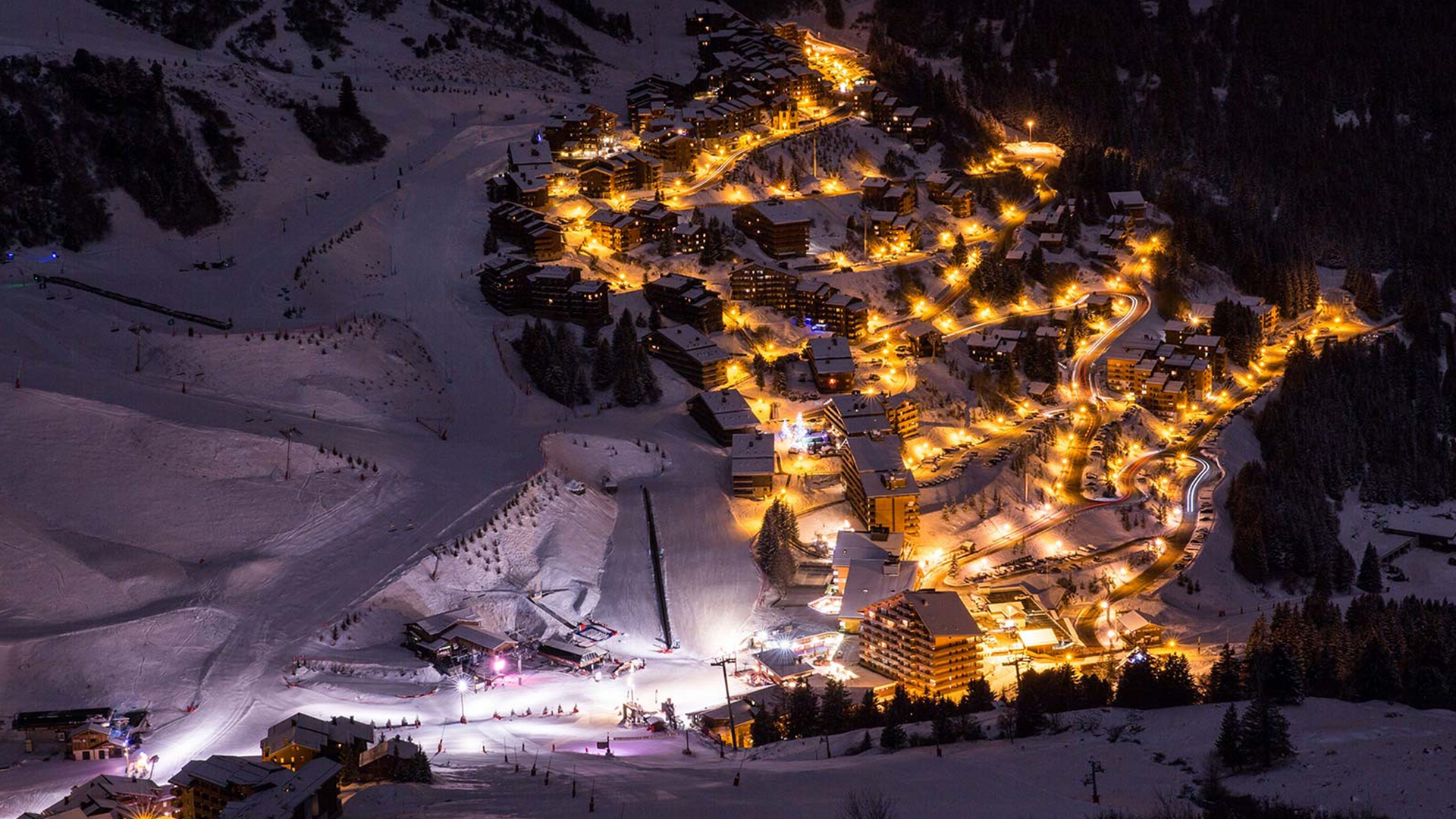Holidays in Versailles






Versal is the main city of the department of Saint-I-Uazah, located 17 kilometres from Paris and is a suburb of the Greater Paris.
Versailles are the most brightest pearl of France, the largest of its palace.
The history of this city of palaces and parks began in 1624 when Ludovic HS ordered the construction of a small hunting castle, which was further expanded and rebuilt by Louis XIV. Here, under the leadership of architects such as Levo, Arduen-Mansar and Lenotre, the great Palace Complex (Chateau de Versailles), the palaces of the Grand and Small Trianon and the vast regular fleet of fantastic beauty was destroyed. King Sun, fleeing the Paris bunts, moved the royal court in 1682. From this year to 6 October 1789, Versal survived his shining period of prosperity, blinding the greatness and womb of all Europe. After Ludovic XVI and his family returned to Paris in 1789, an abandoned palace in Versailles came into devastation. In 1837, Louis-Philippe rebuilt the castle and made it the French Museum of History. In 1870, the German Emperor Vilgelma Prussky coroned in the palace. The Republic was then proclaimed in 1875 and the Versailles Peace Agreement with Germany was signed in 1919.
MAIN ACCESS
Versailles♪
Principal Palace Complexas the residence of the royal family is an excellent model of French classicism.
With the vast semi-circuit area, there is a beautiful view in the palace with its three consecutive courtyards: the House of Ministers, which is deep in the final statue of Ludovick XIV; then the Royal Palace, where only the royal carriages were accessed, and finally the third and last stone, known as the marble yard, surrounded by the eldogs of the thrill of the Colour of the XIII Color.
The East Fasad of the Palace, which lasted 680 metres, was the most famous and certainly the most beautiful. You can see them through a gallery from the Royal Court.
Inside, the main palace consists of the anthills of the halls, the predominant theme of which is the pantheon of Greek gods. The luxury rooms are rich
The main features here are the Royal Hour, Salon Venus, Salon Apollo and Zerkal, or the Green Gallery, whose 17 large mirrors, opposite the high windows, fill the space with light, moving the walls visually. You'll have to visit the opera created by Gabriel in 1770 on the occasion of Louis XVI's wedding with Maria Antoinet: the oval is decorated by the wooden cutting on the blue background.
The glory of French weapons is perpetuated in the war battle gallery, which has reinforced 30 epic painting towels dedicated to the celebration of French weapons. There are 82 regiments in the walls, and 16 armoured plates looted the names of heroes.
A visit to the General Palace Complex is certainly worth a day, otherwise it is difficult to feel and to remember this irresistible atmosphere of luxury and generosity.
Big Trianon. The beautiful palace of the pink marble was built by Ludovic XIV for his beloved Madame de Mentenon. The monarch here loved spending his free time. Later, the palace was a house for Napoleon and his second wife.
Little Trianon - Another love nest built by King Louis XV for Madame de Pompadur. Later, the Little Trianon occupied Maria Antoinetta and later Napoleon's sister. The closest temple of love, they say, was the favorite place of Maria Antoinetta for the evenings.
Sada Versale♪
Sada Versailles became a model for emulation for many European monarchs admired by their beauty. Not purity, not impossibility, but, on the contrary, elegance and a feeling of great inspiration were inspired by Menotre from 1661 to 1668, which created the French regular park. The strict geometric base of the alleys is richly decorated by paintings, colours, fountains and sculpture groups. The heavy-duty Canal intersects with Little Canal in the middle of the park.
You must look at the great Apollo Fontana, where Tuby painted the wheel of an antique god hidden by a four-cone, which is radically and rapidly out of the water, and the tritons tube into their sinks, warning of God's approach.


